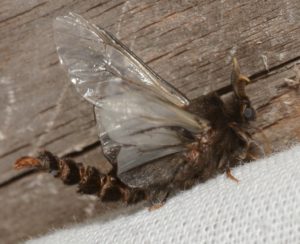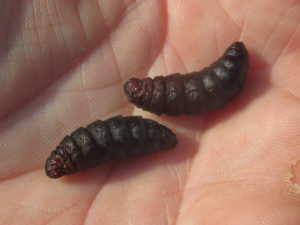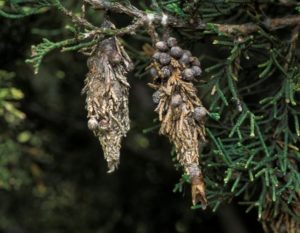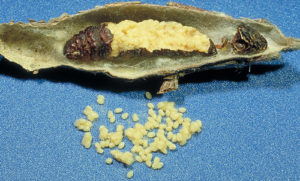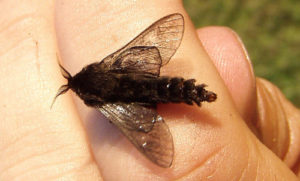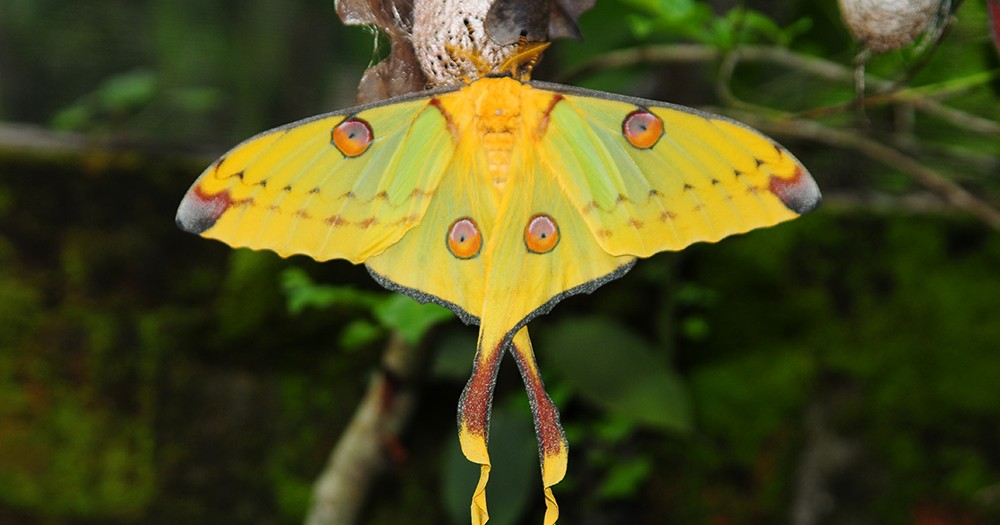Evergreen Bagworm Moth (Thyridopteryx ephemeraeformis)
The evergreen bagworm moth is a member of the family of Psychidae moths, commonly referred to as bagworms. English entomologist Adrian Hardy Haworth first described this species in 1803.
Live.staticflickr.com
Scientific Classification
- Family: Psychidae
- Genus: Thyridopteryx
- Scientific Name: Thyridopteryx ephemeraeformis
Description and Identification
Caterpillar
The caterpillars are blackish in the beginning, becoming tanner as they mature. Their head and thorax are yellow. They can grow about 24-32 mm in the final instar.
Newly born larvae emerge from their mother’s corpse and spin silk to hang from a branch. They often get blown by the wind to nearby plants and construct cases using materials like leaves, twigs, and fecal matter.
The larvae are rarely spotted since they mostly remain confined inside their spindled or conical-shaped bags poking out their heads only to feed.
Pupa
When the larvae mature, they attach themselves to a branch and begin to pupate. The pupal case slightly protruding from the bags of the males appears brownish and even brittle.
Adult Moth
Sexual Dimorphism: Present.
The males have a furry look like bees with a long and tapering abdominal tip and comb-like antennae.
The females lack antennae and wings as they always remain in their case and closely replicate maggots or even caterpillars, having tufts of hair close to their abdomen.
Color and Appearance
The wings are black but translucent when opened since the male moths lose their scales after leaving the case. When closed, they become less translucent.
Average wingspan: 17-32 mm
Flight pattern: Erratic as their flight depends on the location of the females.
Season: September-October
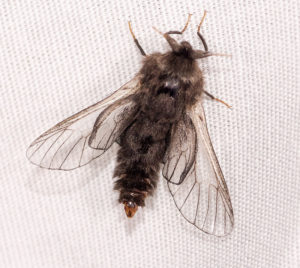
Objects.liquidweb.services
Quick Facts
| Other Names | Bagworm, common bagworm, common basket worm, eastern bagworm, North American bagworm. |
| Distribution | Eastern US, South Africa, Croatia, and north-east Iran |
| Habitat | Trees, herbaceous plants, and shrubs |
| Predators | Darwin wasps, hornets, sapsuckers, vespid wasps, and woodpeckers |
| Lifespan of Adults | Not recorded |
| Host Plants | Arborvitae and red cedar; Apple, birch, black locust, cypress, elm, juniper, maple, oak, pine, spruce, poplar, sycamore, and willow. |
| Adult Diet | Does not feed |
Scientific Classification
- Family: Psychidae
- Genus: Thyridopteryx
- Scientific Name: Thyridopteryx ephemeraeformis

